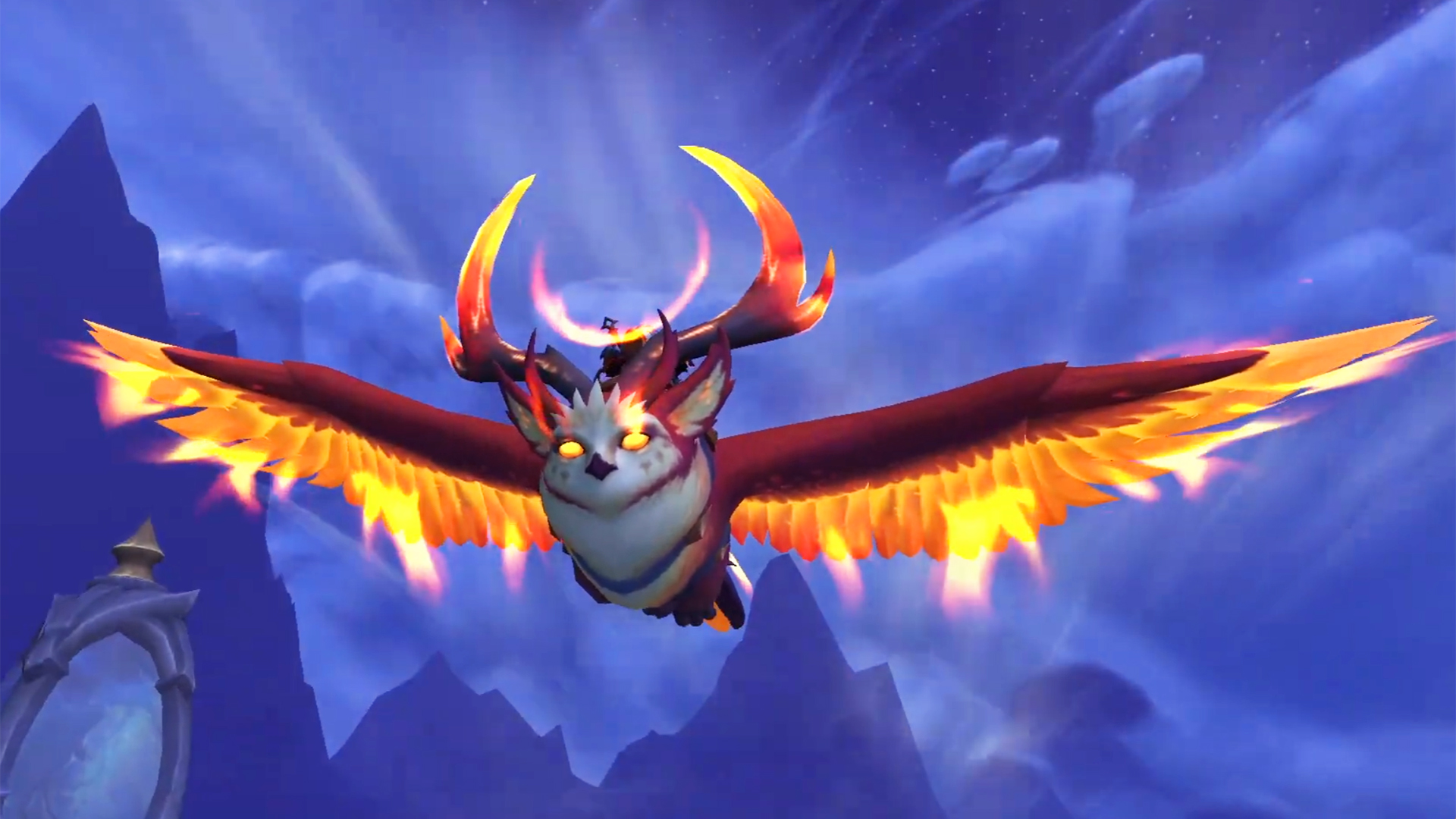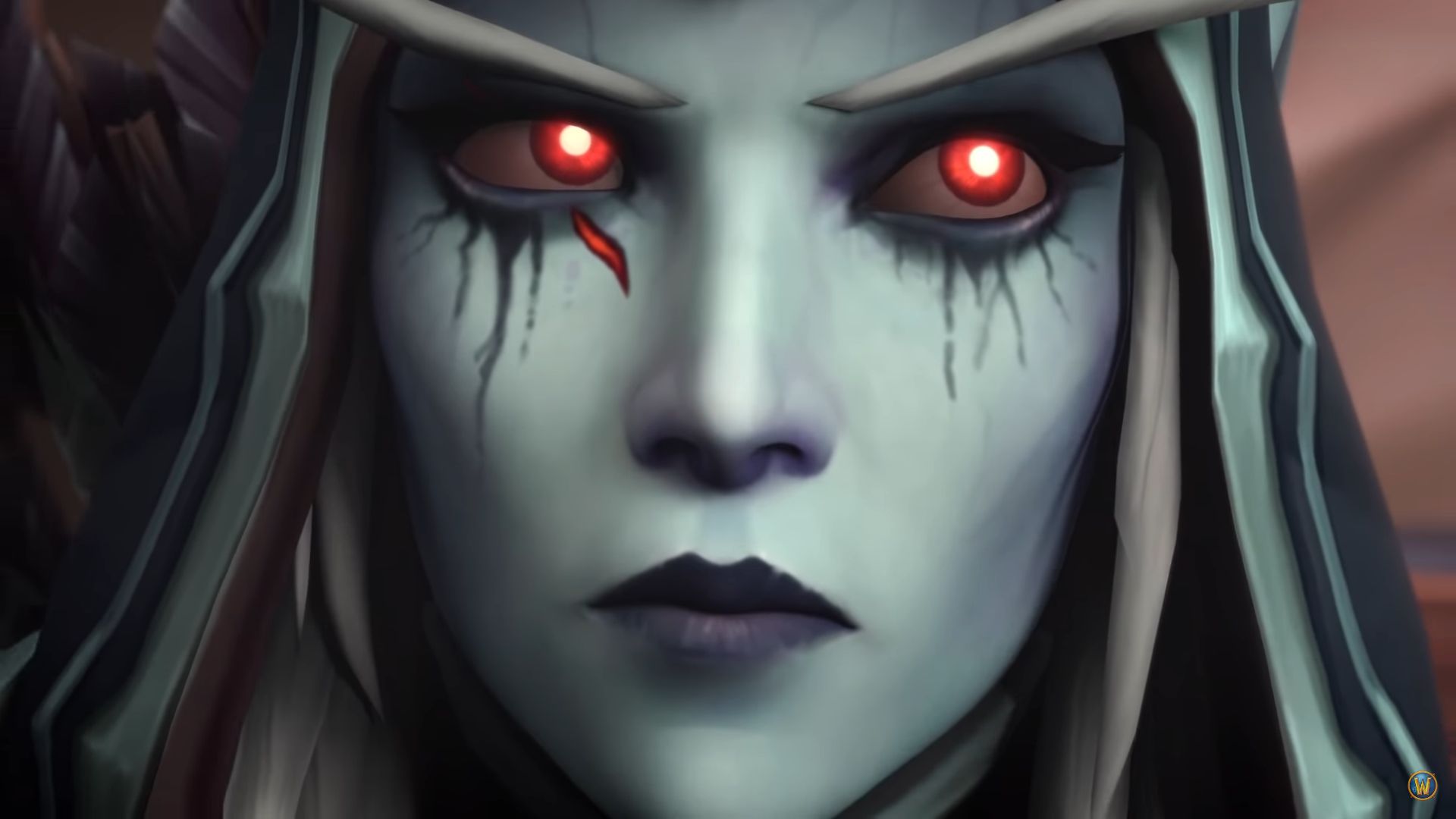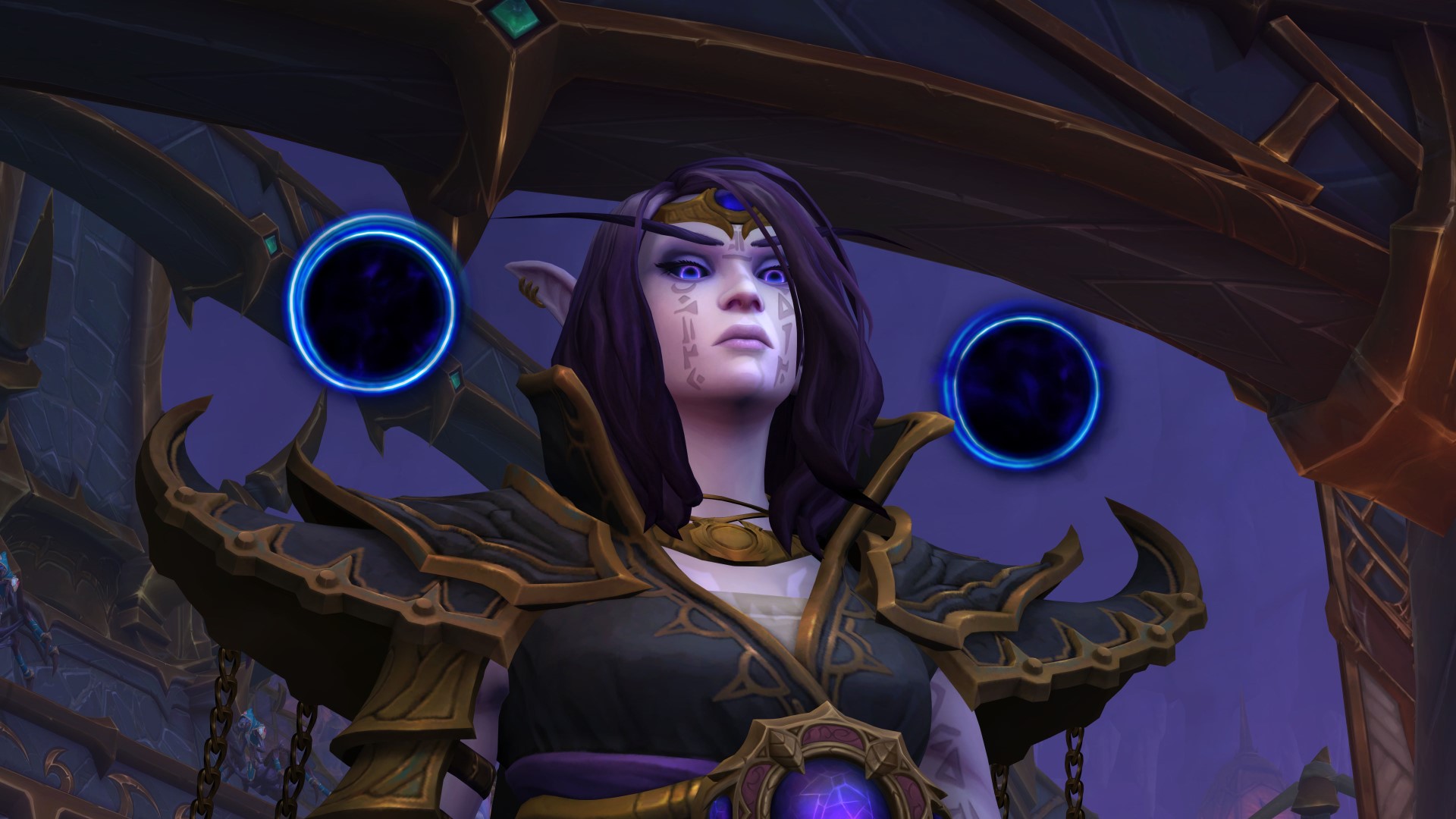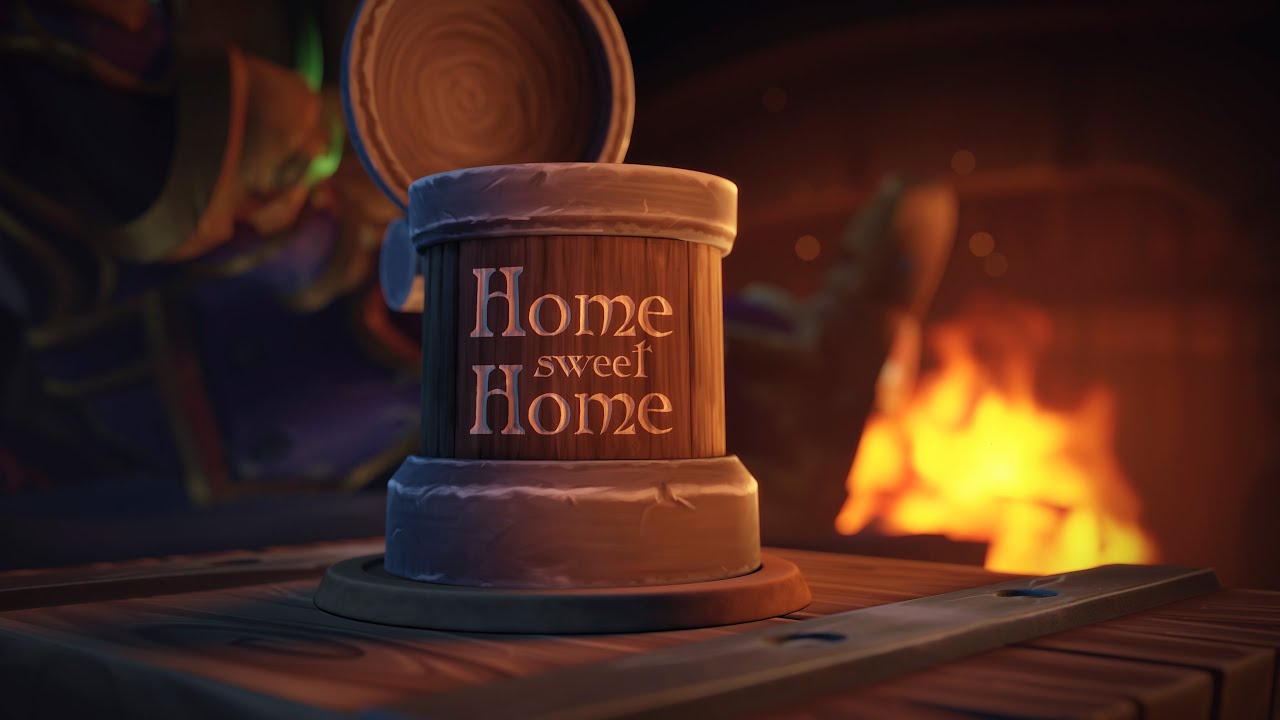World of Warcraft has changed players’ lives for 20 years, thanks to an engrossing story and incredible gameplay flexibility. By every estimate, it retains the largest subscription base of any MMO, just edging out its fiercest competition.
The internet is awash with stories of couples who met and married after playing WoW, or credit WoW with keeping them alive in times of depression. A great take on this is Conan O’Brien’s interview of Robert Kazinsky, who played Fili in The Hobbit and Orgrim Doomhammer in the WoW movie. He was a Warcraft player first.
“This game suddenly became my life,” he says in the interview. “I was able to form new relationships that didn’t come with any preconceptions, and I was slowly given rewards that affected my confidence. I was able to have a little bit of self-belief again. I credit World of Warcraft with saving my life.”
WoW has had more than 100 million players, who had put in almost 9 million years of gameplay time – as of two years ago. (It’s closer to 10 now, Blizzard sources tell us.) To understand why it’s remained such a juggernaut over a mind-bending 20 years, compared with other MMOs that shuttered in a matter of months, you have to understand where it came from and where it’s headed.
A huge head start

Before Warcraft, the biggest MMO in the West was likely RuneScape, with about a million subscribers and more playing for free. (Old School RuneScape, or OSRS, is still a popular free-to-play retro MMO.) EverQuest was the best-known and arguably one of the more complete, with about half a million subscribers.
Before WoW, my interviews with gaming executives at the time suggested the total MMO market on this side of the globe was thought to measure in the low seven figures.
That was before Warcraft swept onto the scene like an army of invading orcs. From the start, the team at Blizzard focused on making gameplay easier than it ever had been in an MMO. I ran down a list in my original review of the game for the Detroit Free Press, back in 2004:
- No more grinding for levels on end, with quests sprinkled few and far between. It was actually possible to get from level 1 to 60 by doing only quests, which was unheard of in the industry until then.
- No more talking with absolutely every NPC to see if they had a quest, since they had a brilliant, gold exclamation mark over their heads—something that’s now become common in MMOs.
- Deaths just entailed a run and a small repair bill. You didn’t lose all your gold or items, or risk someone else looting them.
- Instanced content gave the biggest rewards. With a few world boss exceptions, you didn’t have to compete against hordes of other players for the tap on megabosses that had enormous respawn timers.
The combination of a great story, a low barrier for non-MMO players to jump in, and the addictive doling out of new stuff gave WoW an enormous boost on launch. It was a rocket ship of epic proportions that blew the lid off a 12-million-paying-player market and left its competitors in the dust. It took close to two decades for anyone else to get close.
Multitudes of modes

A smart investment early on has paid huge dividends over the past 20 years. When the game first launched, it had typical PvP and PvE activities for the time: open-world PvP on designated servers, PvE questing, crafting, small dungeons, a few dungeons that allowed slightly larger raids, and full-sized raid instances of 40 players.
When the subscribers ballooned and the money started pouring in, Blizzard made the smart decision to invest in a host of new gameplay modes, a consistent trend over the years. On the PvP side, they added several flavors of arenas and battlegrounds, world free-for-alls, brawls and blitzes and solo-player shuffles. In PvE, we got varying difficulties and sizes of raids, new classes and talent loadouts, new variations of quests, dungeons with followers or solo in delves, pet battling, crafting expansions and collection enhancements.
That’s not even counting the many flavors of the game itself: modern, Classic, fresh start, hardcore, Season of Discovery, and one-off modes such as Plunderstorm and Remix. The onslaught shows no sign of stopping: recent teases suggest a home-decor sim (AKA player housing) will be on its way in the next Midnight expansion.
The overwhelming amount of choice has kept players in Warcraft long after they might have left other games. Game executives have told me in the past that at times, no one gameplay activity commanded a majority of WoW players. Sweaty raiders who decided they didn’t have the time often didn’t leave the game, instead choosing to step down to a less difficult mode, or PvP, or just collect or fish or craft.
Many flavors of game flexibility

Attempts by the game’s developers to introduce inflexibility into Warcraft have resulted in resounding failures.
Warcraft has thrived on that kind of choice from the beginning. Unlike other MMOs—such as its biggest competitor, Final Fantasy 14, which puts players on rails for nearly the entire lengthy leveling process—Warcraft was always forgiving if you chose to go do PvP or explore another area rather than follow a carefully curated questline.
Its most successful moves over the years have emphasized that flexibility, allowing players to level by picking herbs, or transmogrify their gear into the appearance of something else, or to group with their friends across factions hypothetically at war. The recent War Within expansion’s most celebrated feature was Warbands, which required a huge rewrite of the game’s code to allow a mountain of achievements, currencies, transmogs and other game features to be nearly seamlessly shared across all of a player’s characters.
Perhaps even more telling, attempts by the game’s developers to introduce inflexibility into Warcraft have resulted in resounding failures. Anytime you hear a developer say the words “meaningful choices” you can be nearly certain the game’s subscribers will dip, and those decisions are frequently overturned, either immediately or down the line.
The original Warcraft requirement that forced players to permanently pick character talents, for example, was changed over the years to just requiring a lot of gold, to requiring a bit of gold, to requiring a rested area of the world, to requiring… well, almost nothing at all.

Those subscriber numbers bounced back during the more-flexible Dragonflight expansion, and have continued to rise.
The expansion that most stringently applied “meaningful choices” nearly killed the game. Shadowlands admittedly had other issues, but its biggest problem was a clunky Covenants faction system that forced players to make choices and then not change them, regardless of what rewards they needed, armor they wanted to wear, spells they wanted to cast, or aesthetic they preferred.
Covenants forced some death knights to shun the gritty undead-vibing Necrolord Covenant in favor of casting spells from the pretty blue fairies of the Night Fae if they wanted to be at their most effective, for example. It was a disaster, and Warcraft subscriptions sank to nearly their lowest levels in the past 20 years, even including the boost from Warcraft Classic.
Those subscriber numbers bounced back during the more-flexible Dragonflight expansion, and have continued to rise. Google Trends and player dungeon participation numbers both suggest that subscribers in The War Within have approached levels not seen in years.
Things can still trip up Warcraft

The combination of these positive factors (and 20 years of game-playing inertia) make WoW seem like an MMO juggernaut that can never be stopped. But there are plenty of things that erode its success, giving FF14 and other titles an opening:
- Its 20-year-old graphics, while stylistic and quietly updated over the years, still lack the photorealistic punch of some other games
- Its decades-old code base leads to unpredictable bugs when changes and new features are launched
- Its lack of console accessibility, unlike Elders Scrolls online or FF14
- Its gradually accumulating complexity, requiring plentifully available fansites and web resources to play well
All of that said, things look bright for the venerated MMO. Kihra, leader of the popular WoW dungeon and raid statistics-recording site Warcraft Logs, said recently that the site’s data suggests the game has a higher player count than it ever has in its history.
An accelerated pace of major patches has expansions clicking by faster than ever before, and the combination of normal updates and “Live Updates Team” events (such as Plunderstorm, Pandaria Remix and the current Anniversary Celebration events) makes Warcraft feel newer than it has in years.










